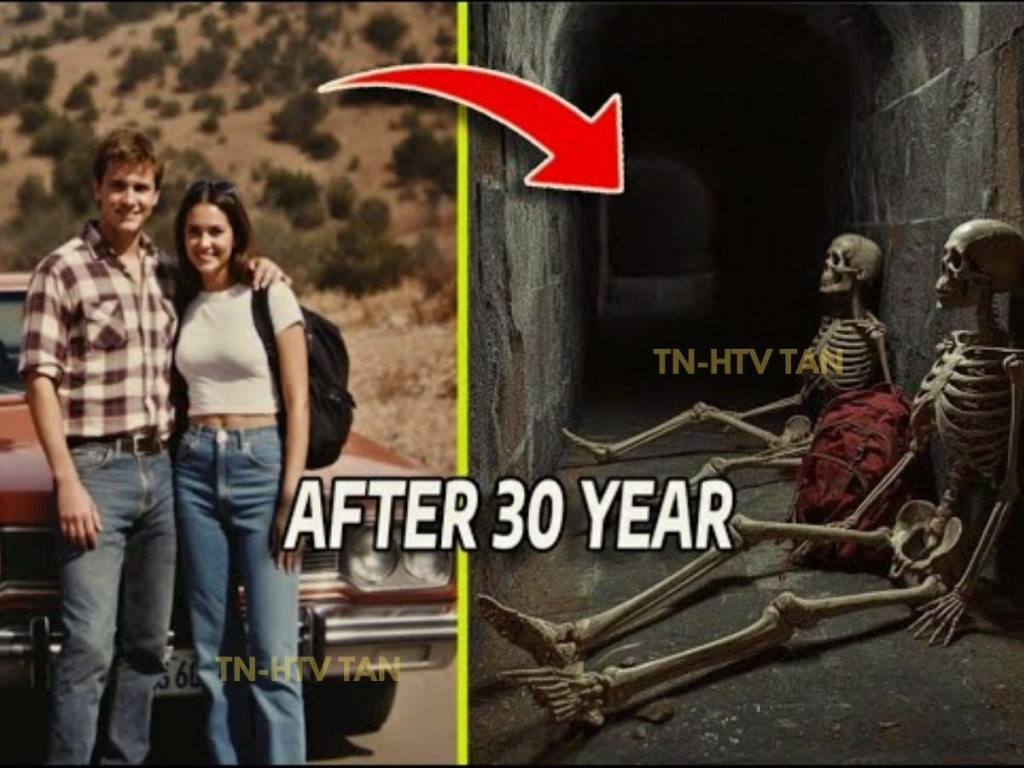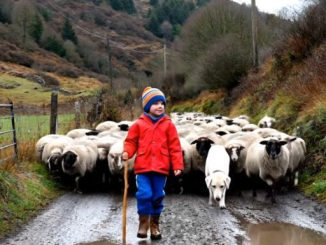
For years, the last memory the Ramírez and Vargas families had of their children was a simple yet vibrant image. Luis and Marisol smiling in front of a red car parked on a dirt road. Behind them, the green of the Zongolica mountain range stretched out, promising freedom and tranquility. The red backpack Marisol carried on her shoulders looked brand new, still vibrant under the morning sun. It was the start of a weekend that for everyone else passed like any other, but for them, it would never return.
Luis Eduardo Ramírez Ávila was 28 years old. Born and raised in Chalapa, he was always discreet, methodical, and had a keen interest in technology. Working as a telecommunications technician, he spent much of his time in the field, adjusting antennas, troubleshooting signal problems, and going to places few people knew about. Marisol Vargas Gallardo, 25 years old, taught at a preschool on the outskirts of Chalapa. Her students adored her, not only for the games she played with them, but for the gentle and patient way she explained things.
Marisol was also an only child, and perhaps that’s why her parents were always so attentive, almost anxious, whenever she was away. On Friday, April 8, 1994, Luis and Marisol left the city planning to spend just two days away. He had finished an installation at the beginning of the week, and she had managed to get an extra day off. They decided to go on the previous evening. No reservations, no planned itinerary; they simply packed some light clothes, food, a thermos, and threw everything into the trunk of their 1991 Volkswagen Caribe.
It was a used car, but Luis kept it in excellent condition. They filled the gas tank before leaving and told their parents they would return on Sunday afternoon. The Zongolica mountain range was still considered an unexplored haven back then. Tourists from outside rarely ventured there. It was more common to see young people from Orizaba or Córdoba trying to hike or discover hidden waterfalls. Luis and Marisol had been to other mountainous regions before, such as Cofre de Perote and Pico de Orizaba, but they had never ventured so far into those dirt roads of the Sierra Madre.
According to records and subsequent accounts, they continued south along the federal highway to Tequila, Veracruz, where they were seen by a man from a local ejido (communal landholding). It was Saturday morning, and he remembered the couple well because the girl was carrying a red backpack with a very striking yellow ribbon. They asked about a route to a waterfall, without mentioning its name, and the man pointed out an old, rarely used trail that climbed through a disused mining area.
He never saw them again. From that point on, everything becomes unclear. On Sunday, as planned, the families waited for some sign of their return. At dusk, still hopeful, they called close friends. When no one answered, Luis’s parents went to the municipal police station and officially reported them missing. The report was filed in Xalapa at 8:45 PM on April 10th. The officers recommended waiting until the next day, which was common practice at that time. But the parents didn’t wait.
That same night they took the car and headed to the last known location. By Monday, April 11th, a small network of acquaintances was already searching for clues in the towns of Tequila, Songolica, and Atlahuilco. A friend of Luis, who worked at a community radio station in Orizaba, mentioned the case on air, and the news spread quickly. Volunteers, neighbors, and even truck drivers offered their help. However, without an itinerary, without a specific destination, without a clear trail to follow, everything seemed like a vast, empty space.
The state authorities only became involved after 3 days, when the case was already taking on a mysterious character. The formal search began along main roads, dirt roads, trail entrances, and riverbanks. Veracruz State Police helicopters even flew over some more remote areas, but the rugged terrain and dense vegetation hindered visibility. The distinctive red car was never found. There were no signs of an accident or tire tracks in the surrounding area. It was as if the vehicle, with the two people inside, had simply vanished into thin air.
As the days passed, rumors began to circulate. Some said that the region had a long-standing reputation as a smuggling route. Others spoke of groups hiding in the mountains to evade the police, groups that were known to be hostile to outsiders. In the following weeks, local residents mentioned strange noises, distant screams, and lights suddenly going out, but none of these stories provided any concrete clues. An important detail was that among the places considered dangerous were the abandoned mines in the area.
Many of them had been closed down in the 1980s…






Leave a Reply